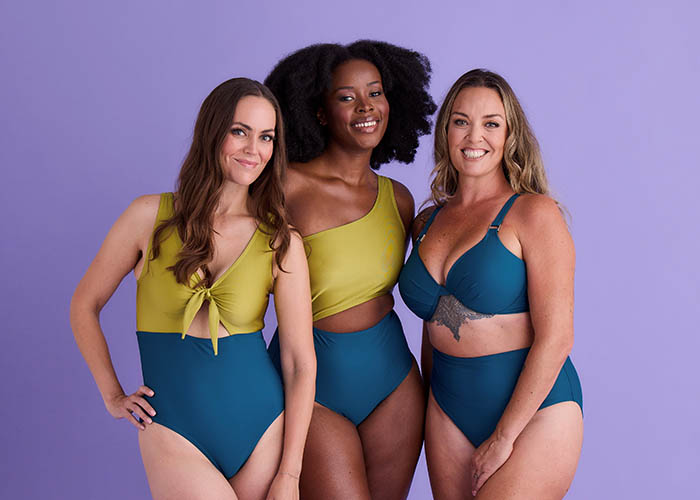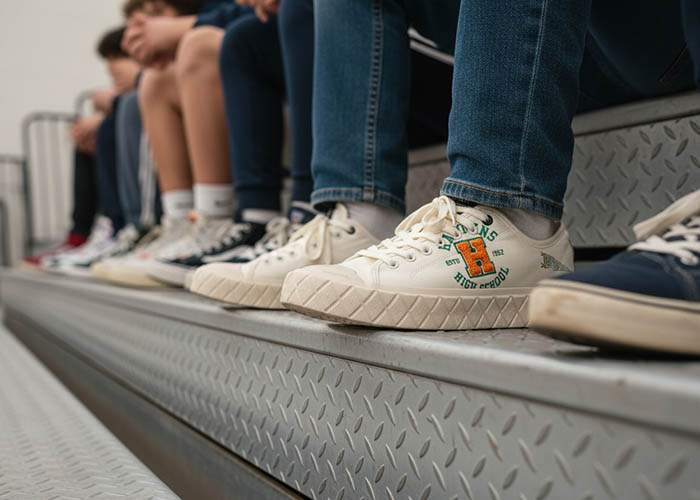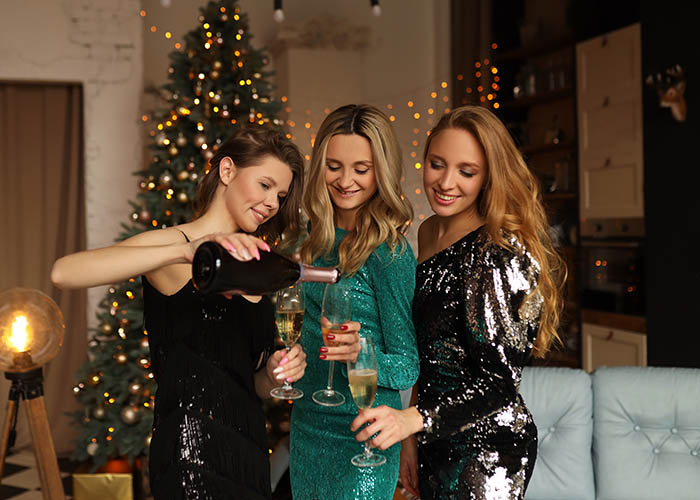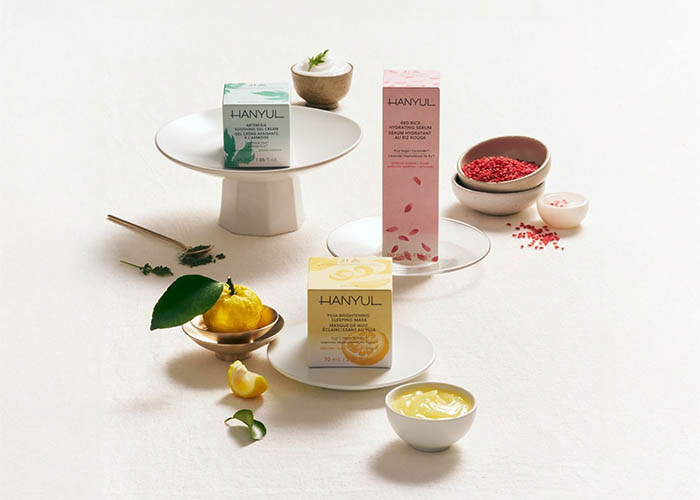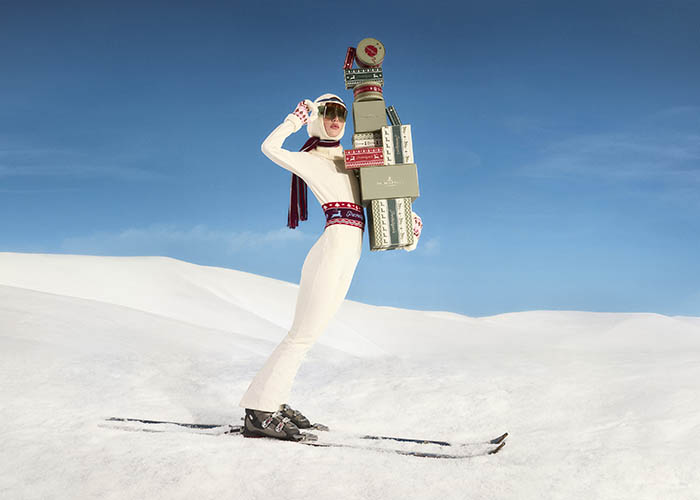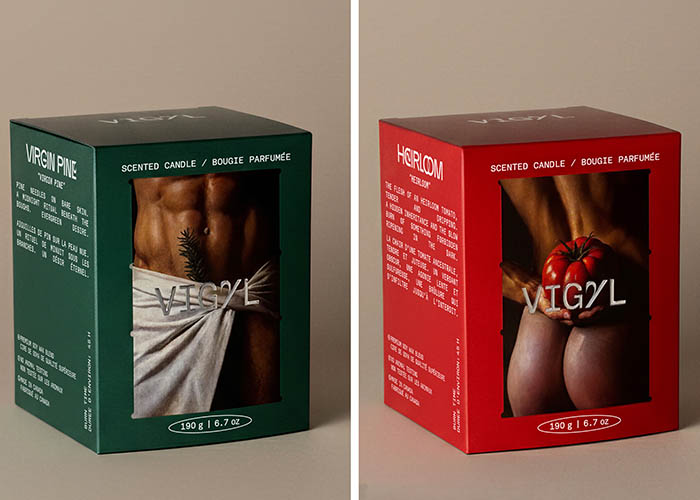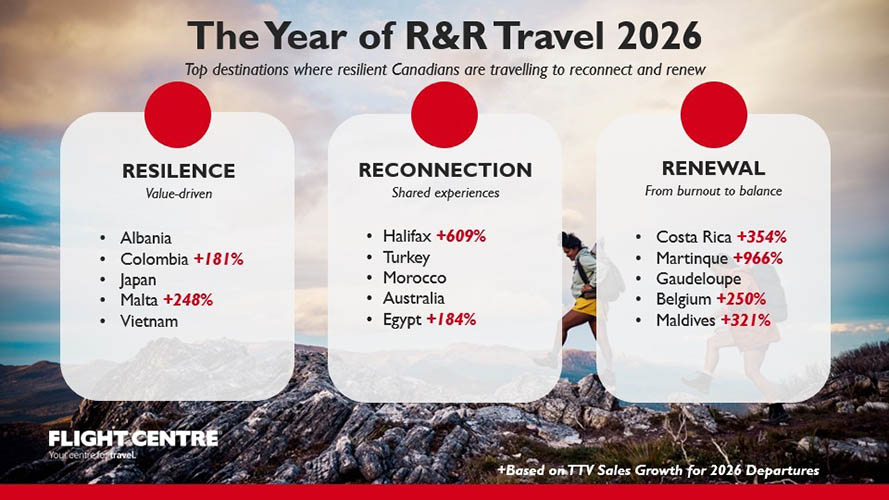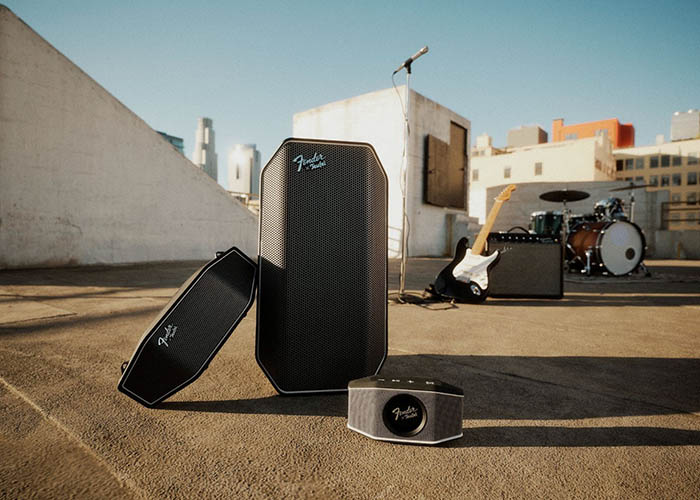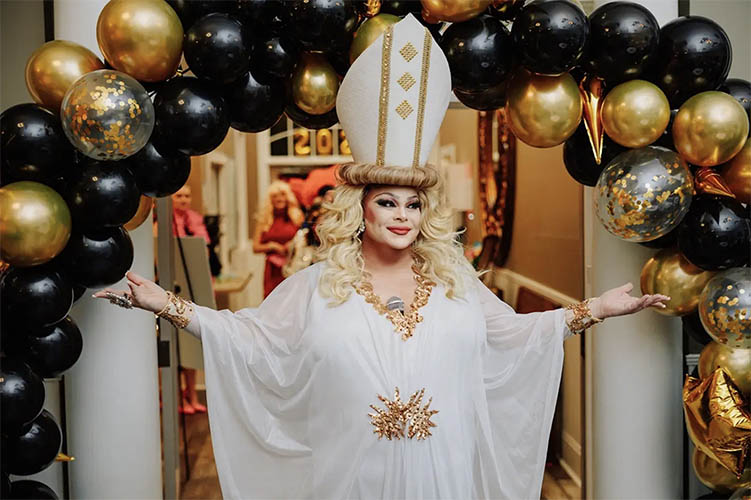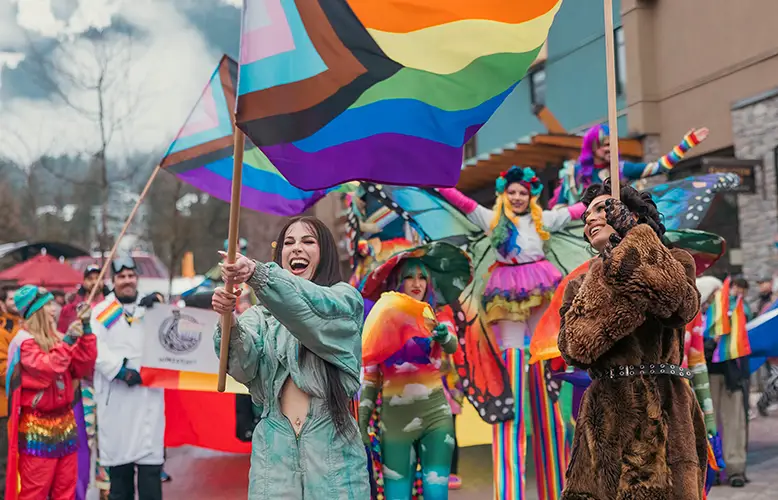The early years of Texas Hold’em saw practicality dominate players’ wardrobes. Button-down shirts, rugged denim jeans, and sturdy leather boots were common. The cowboy hat emerged as a defining symbol of the game’s Texan origins. Doyle Brunson and Amarillo Slim brought this distinctive look to the national stage as they competed in early tournaments and solidified these elements as staples of poker culture at the time.
From Tradition to Modern Statements
Iconic looks like cowboy hats and denim embodied the game’s Texan heritage in the early days of Texas Hold’em poker. Players like Doyle Brunson upheld this tradition in tournaments, blending function with a rugged style. In contrast, attire started reflecting broader influences as poker moved from saloons to mainstream events.
Today, traditional elements persist alongside modern trends. For instance, popularized by players such as Dario Minieri, scarves represent a unique fusion of form and personal flair. Similarly, casual staples like hoodies have grown into symbols of contemporary poker culture. The ability to balance individuality with comfort has made poker fashion an extension of player personalities, blending legacy with innovation.
The Role of Accessories: From Function to Statement
Accessories in poker served functional purposes initially. Sunglasses led the way in concealing tells at inopportune moments. Trends evolved, and oversized headphones and scarves became fashionable in the 2000s. Today, subtle wristwatches and sleek eyewear blend understated style with practicality. Yet some players adopt bold pieces to stand out at the table. Signature accessories have helped players craft unique identities, reinforcing poker as a space where fashion becomes part of the mental game.
Casual Comfort Takes Over
The shift toward casualwear began prominently in the 2000s as a new wave of players emerged from the online poker boom. Hoodies, t-shirts, and sports jerseys became standard through the influence of the habits of online grinders. Phil Laak epitomized this trend. He was frequently seen with his hoodie hood pulled tightly over his head during high-stakes moments. Sports jerseys gained traction and demonstrated the younger generation’s affinity for their casual and comfortable at-home attire.
Beyond comfort, casualwear signaled a broader shift in poker’s image. The emergence of younger players, many of whom honed their skills online, brought a relaxed yet competitive aesthetic to tournaments. Today, casual clothing dominates tables, ensuring practicality for long hours of gameplay while allowing players to embrace personal styles.
Television and Polished Appearances
The introduction of televised tournaments in the late 1990s began reshaping player fashion as poker grew in popularity. Visual representation became a more conscious effort with the arrival of the hole cam showcasing each player’s hand. By the early 2010s, players featured in major broadcasts, including figures like Daniel Negreanu and Marcel Luske, opted for tailored suits and blazers. This polished trend was a departure from the casual look and elevated Texas Hold’em’s professional image.
With media exposure came the realization that players were representing not just themselves but also the sport. A sharp suit or sleek blazer communicated professionalism, giving poker an image of sophistication akin to other competitive events like chess or eSports. While casual styles remained dominant, many top-tier professionals opted for a more refined presence on camera.
Sponsorships and the Patching-Up Era
Between 2007 and 2011, sponsorships became integral to player wardrobes. Branded shirts and hats, laden with sponsor patches, became the norm for players deep in tournaments. The trend, known as patching up, reflected both a player’s marketability and the growing commercialization of poker. Fewer players outfit themselves in sponsor-heavy patches today. But the era’s influence is unmistakable.
Sponsorship-driven fashion helped solidify poker as a commercialized sport, with brands eager to align themselves with high-profile competitors. Though the patching-up era has faded, modern players continue to use subtle branding to reflect partnerships while maintaining a more polished aesthetic.
A Blend of Styles at Modern Tables
Modern tournament tables capture a fusion of styles. Casual hoodies and sporty attire coexist with refined suits. Accessories punctuate these styles with jewelry, bespoke card protectors, or signature apparel, granting players an outlet to craft personal brands. More women in tournaments have further highlighted stylish and strategic fashion choices, balancing functionality with sophistication.
Poker’s lack of a formal dress code has allowed for remarkable variety. While some players prefer sleek, professional outfits, others use fashion as a means of psychological warfare—bold prints, striking colors, or unexpected accessories can disrupt opponents’ expectations and enhance table presence.
Functional Comfort and Style at the Forefront
Tournament poker can require hours of focus. Comfort plays a key role in attire choices. Some players favor tailored yet relaxed garments for a professional appearance. Yet others gravitate toward looser clothing designed for marathon sessions at the table. The absence of a strict dress code ensures flexibility and allows players to find the balance between refinement and practicality that best suits their preferences.
The Future of Poker Fashion: Where Style Meets Strategy
As poker continues evolving, so too will its fashion landscape. The industry’s ongoing digital transformation, coupled with the rise of social media, allows players to craft their unique brands beyond the felt. With high-profile events streamed globally, players increasingly recognize the power of fashion as an extension of their persona.
Trends like athleisure and minimalistic designs may continue shaping poker fashion, while advancements in wearable technology could introduce smart fabrics that enhance comfort during prolonged sessions. Whether through iconic accessories, stylish yet comfortable clothing, or bold fashion statements, poker fashion will remain an evolving blend of tradition and self-expression.
Conclusion
The evolution of Texas Hold’em tournament fashion showcases a blend of tradition and modernity. From rugged denim and cowboy hats to tailored suits and casual hoodies, poker attire reflects the game’s rich history and dynamic transformation. Fashion has adapted to reflect personal expression, comfort, and the competitive nature of the sport. Today’s players enjoy the freedom to mix styles and create unique statements that align with their personalities.
Additionally, poker fashion has become an essential tool for players looking to establish a unique brand identity. As the game continues to attract a global audience, the intersection of fashion and poker strategy will remain an exciting and ever-evolving aspect of the game. Whether through classic elements or modern-day aesthetics, poker fashion remains an integral part of the sport, reinforcing its timeless appeal and continuously adapting to new trends.


